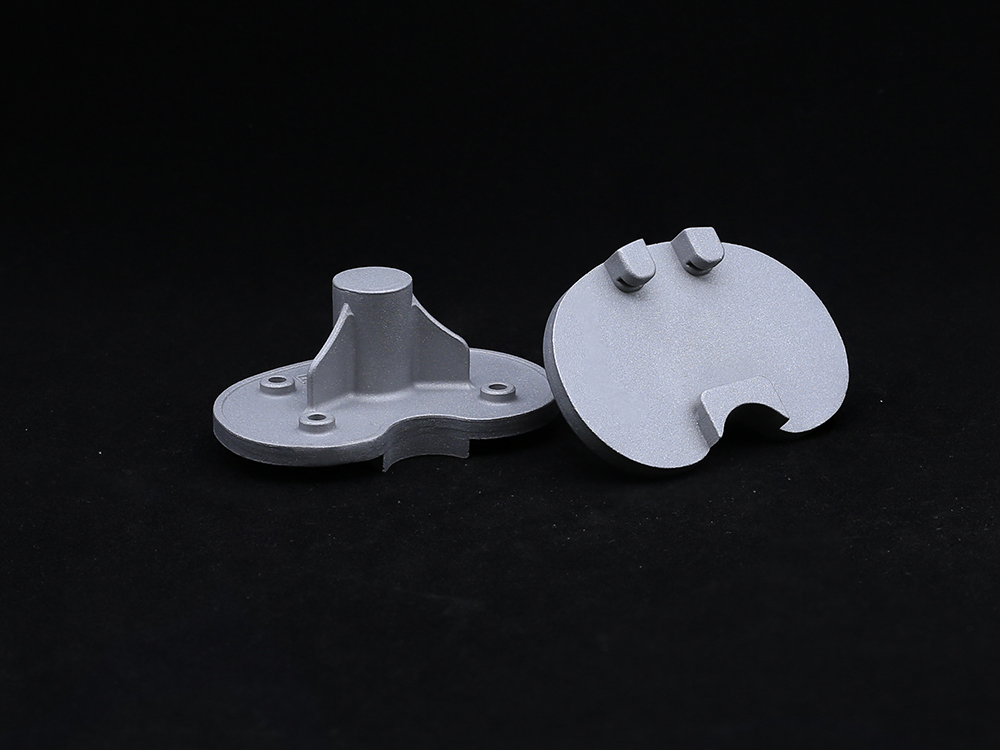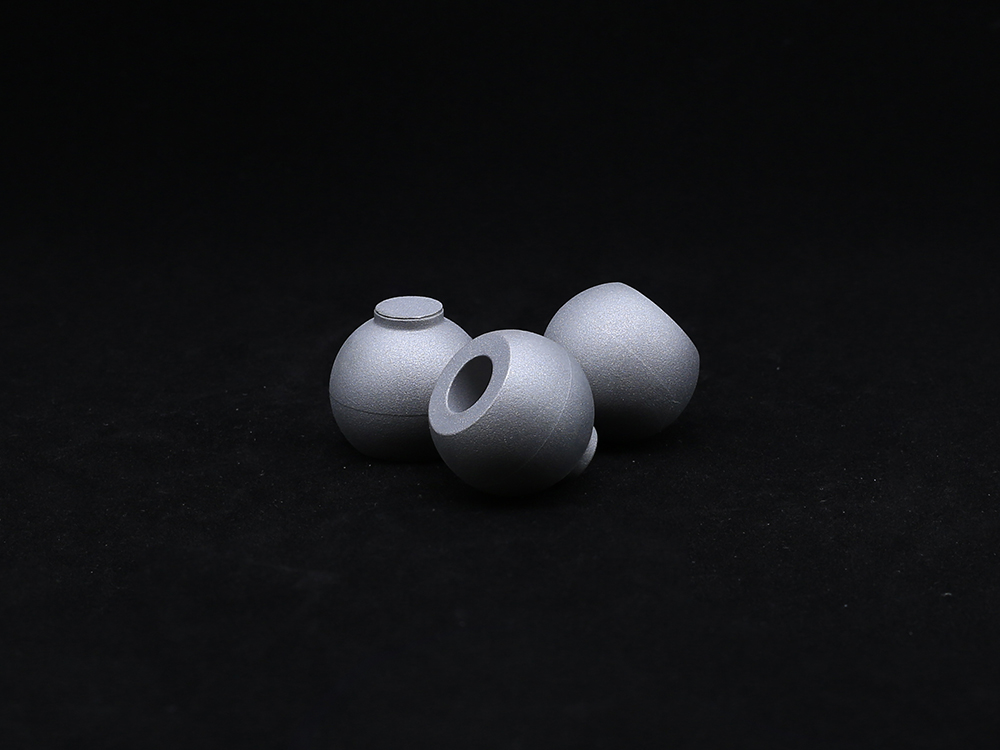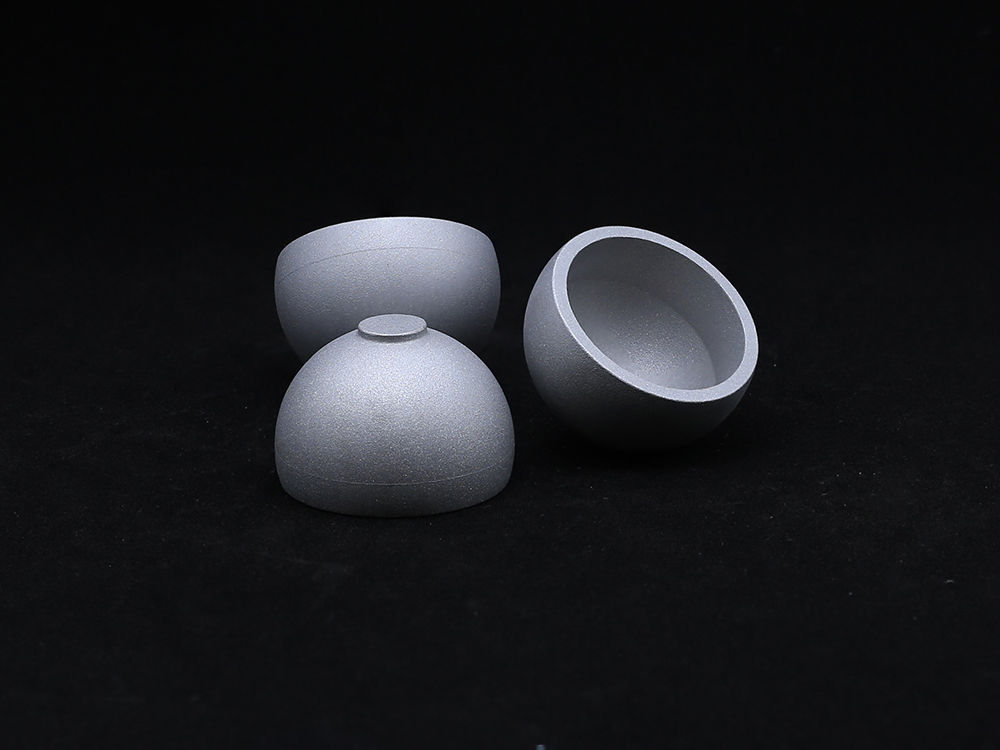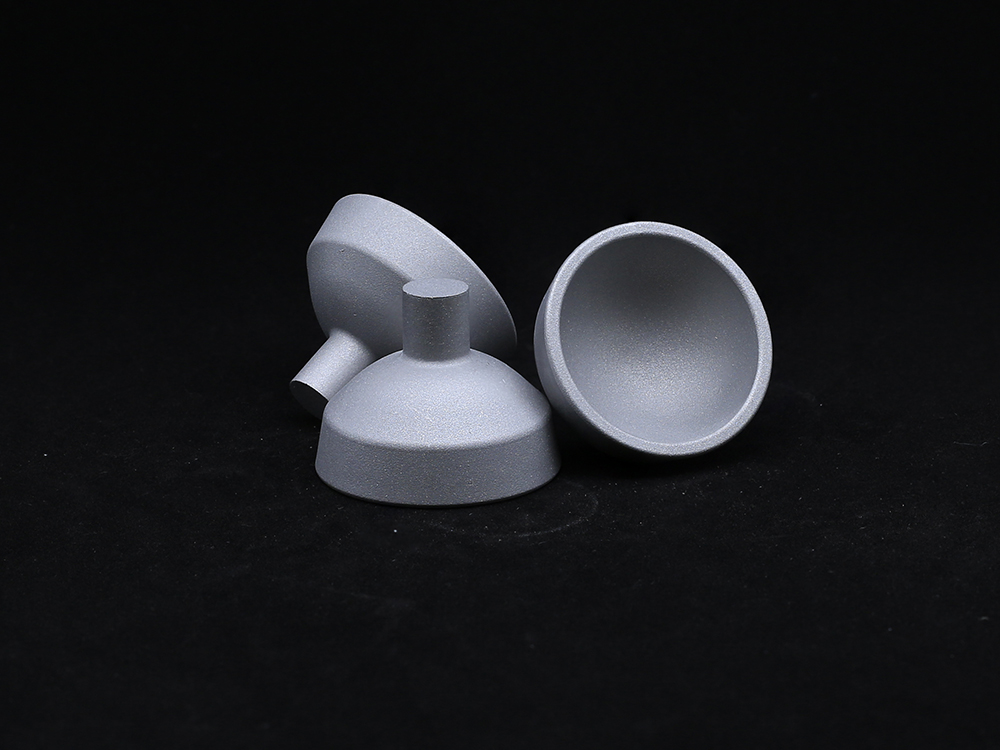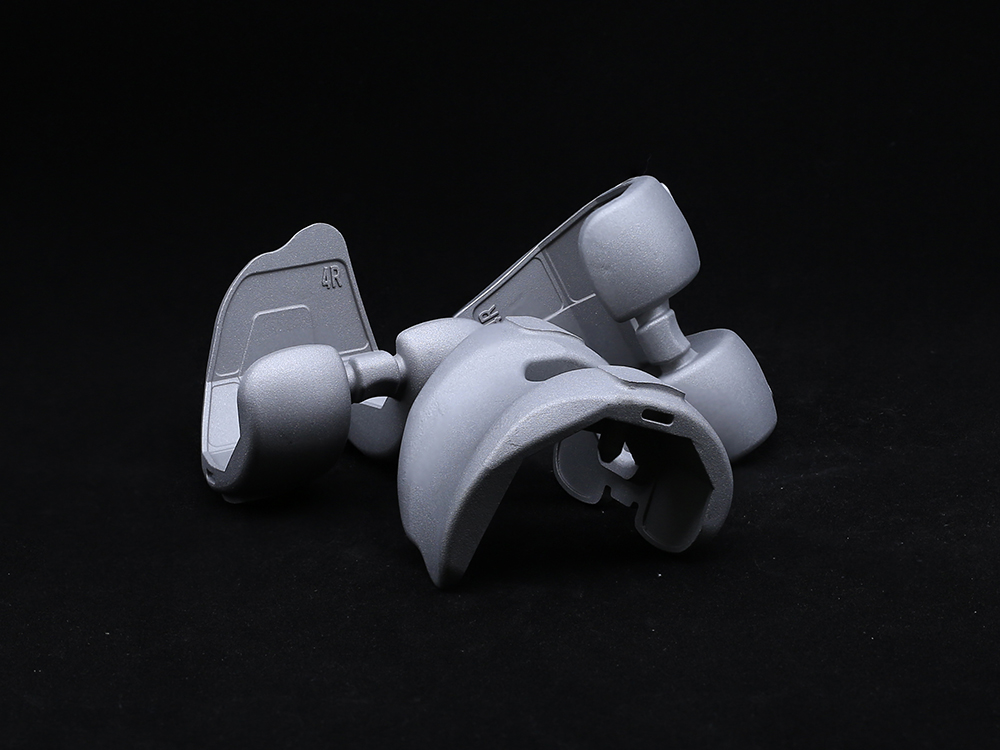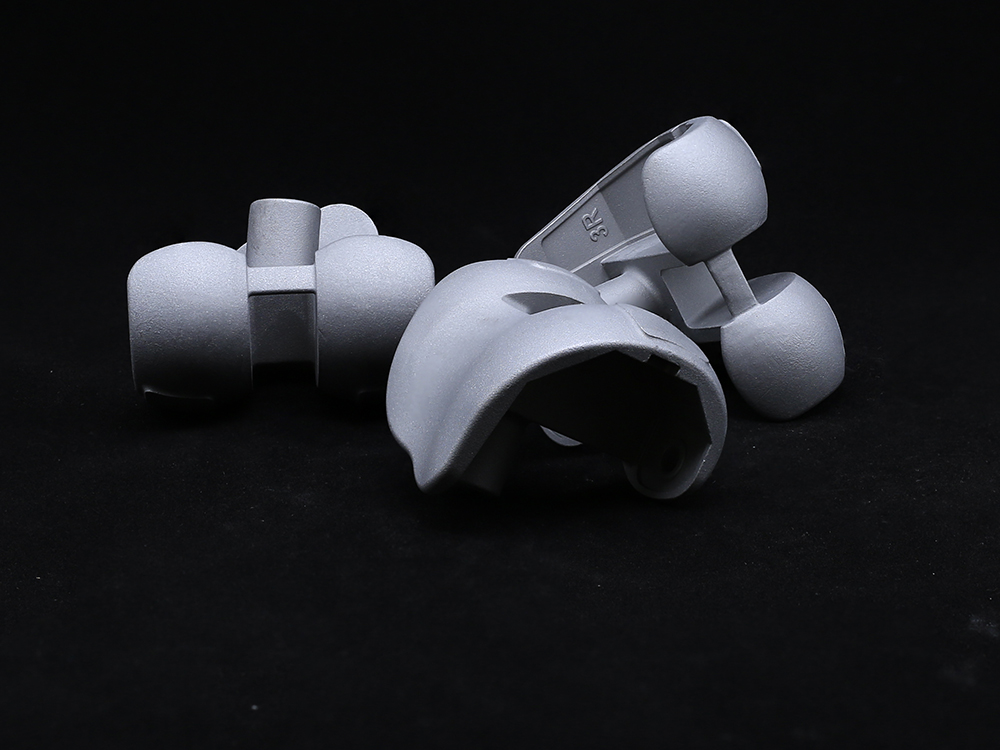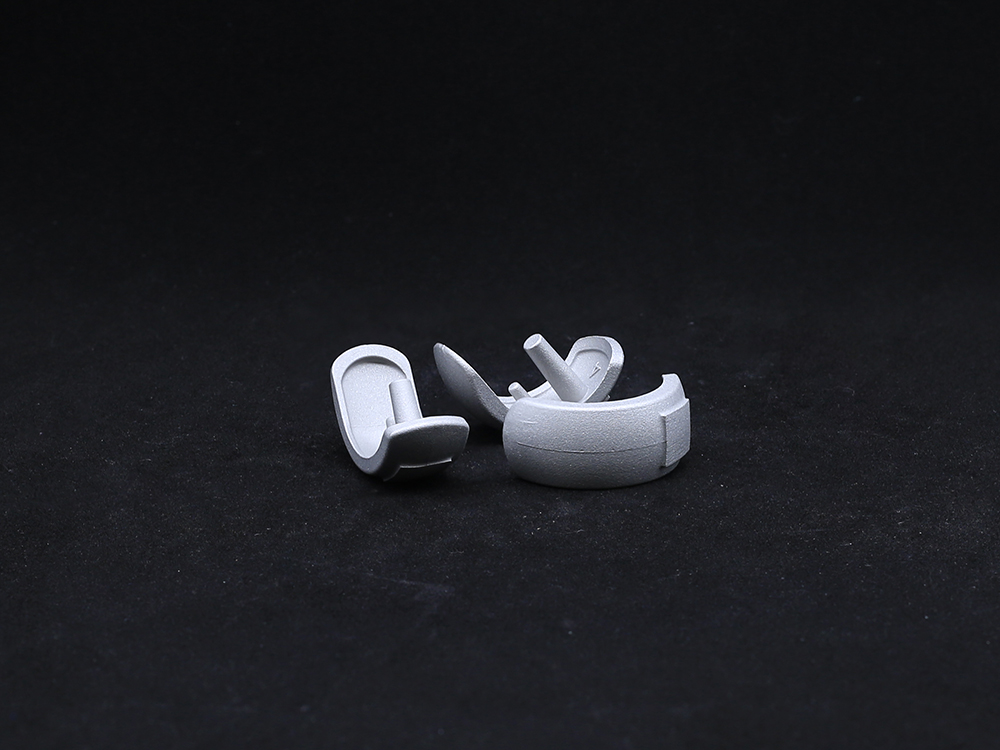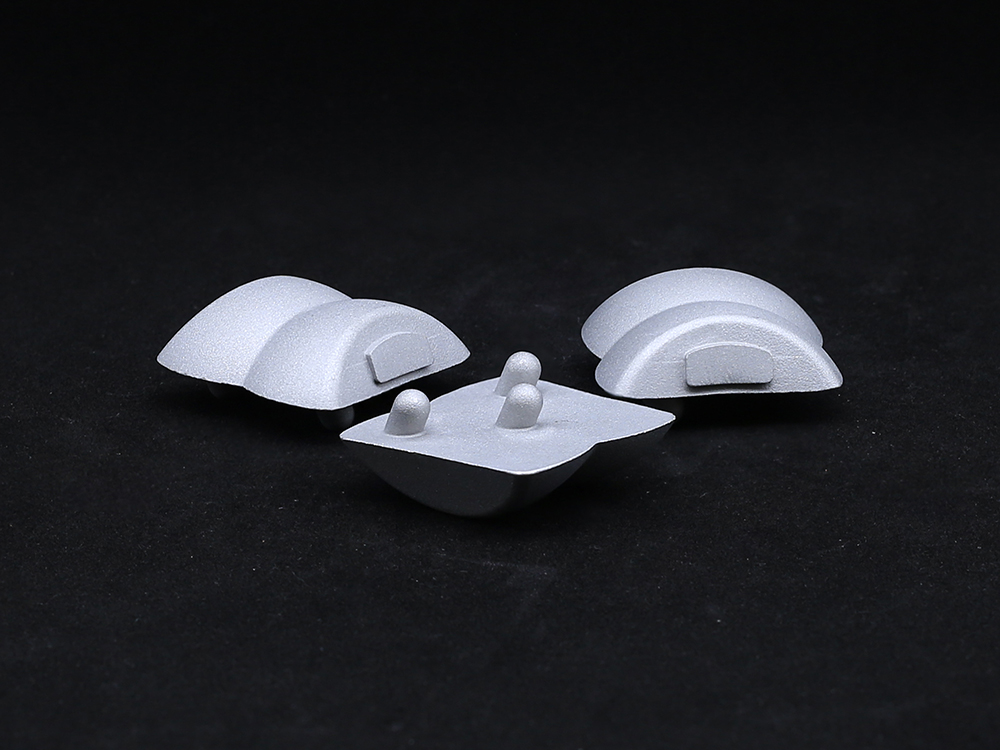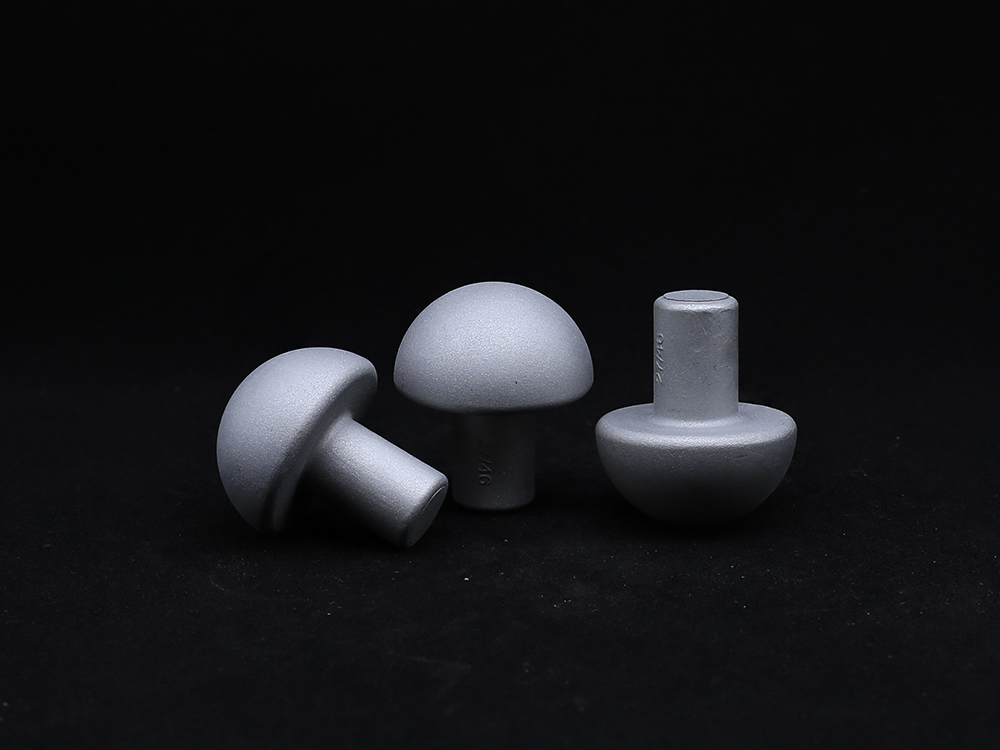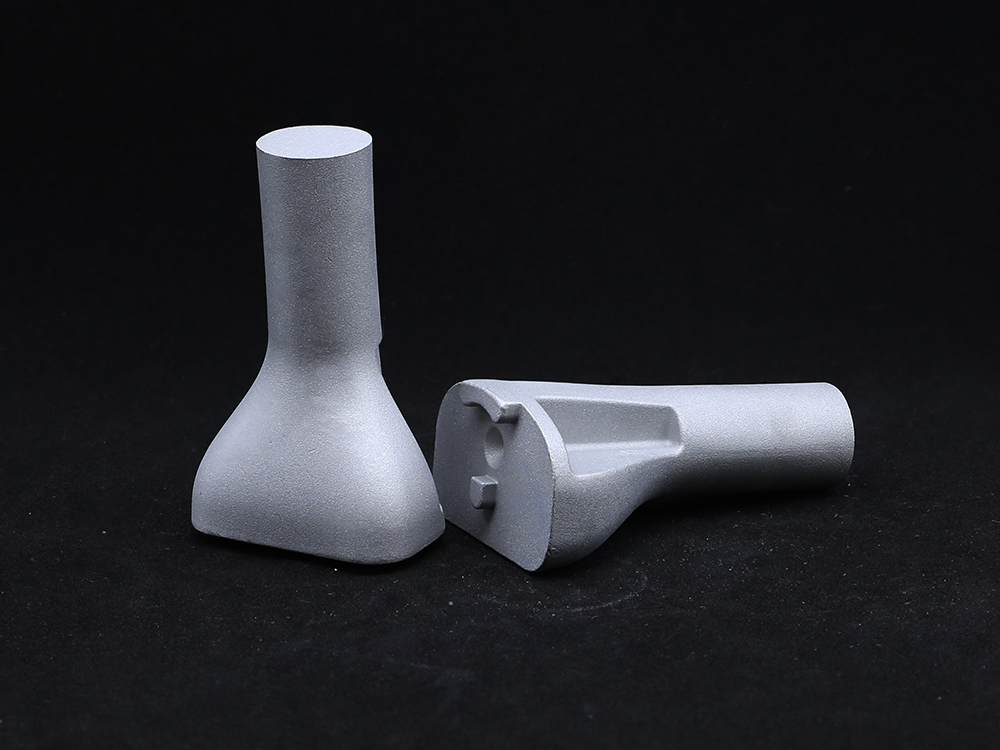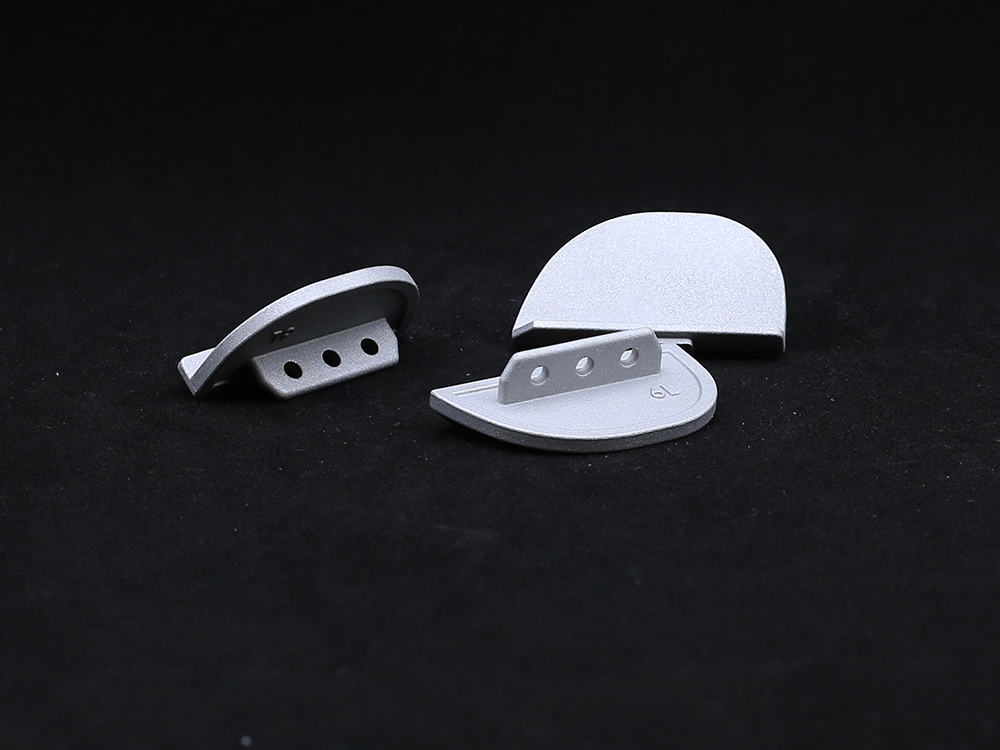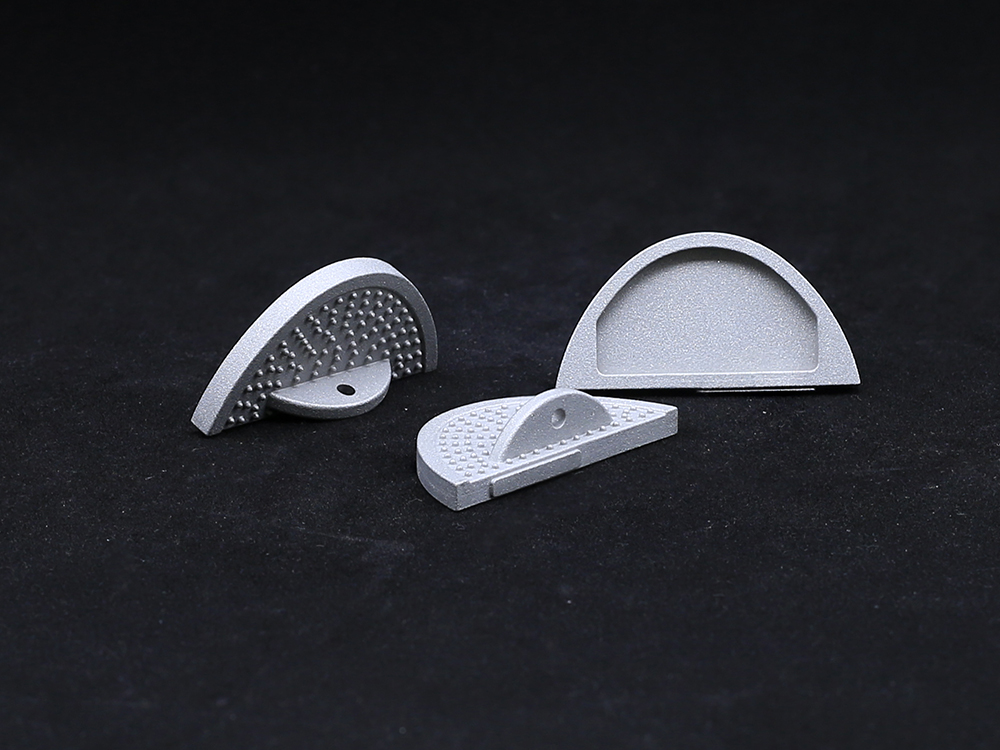Ankle Synovial Joint: An Auxiliary Tool for Reshaping Walking Freedom
Ankle joint dysfunction can seriously affect patients' daily walking and activity abilities, and Ankle Synovial Joint, designed specifically to improve the quality of life of such patients, has become an important auxiliary tool for improving their motor function with scientific design and humanized functions.
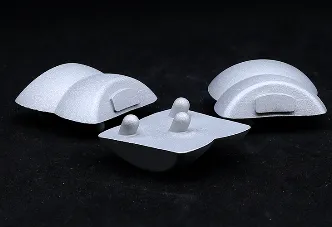
The design concept of Ankle Synovial Joint is centered around fitting the physiological structure of the human body
Ball and socket ankle fully consider the anatomical characteristics and movement laws of the ankle joint, and through biomechanical analysis, ensure that the normal physiological range of motion of the ankle joint is not restricted while assisting in fixation. The design incorporates the principle of dynamic balance, which can automatically adjust the support force according to the changes in the patient's center of gravity while walking, helping the patient maintain body balance and reduce the risk of falling.
The core structure of Ankle Synovial Joint consists of three parts
The outer layer is made of lightweight and high-strength composite materials, which not only ensure sufficient support strength, but also reduce the weight of wearing and improve comfort; The middle layer is a breathable buffer layer, made of skin friendly fabric and designed with multiple rows of breathable holes to reduce the stuffiness and skin irritation caused by long-term wearing; The inner layer is an adjustable fixing strap, which achieves personalized fixation and protection of the ankle joint through precise adjustment of elasticity, while also facilitating patients to put on and take off on their own.
The adaptation characteristics of Ankle Synovial Joint are outstanding
Ball and socket ankle joints offer a variety of size specifications to meet the needs of patients of different ages and body types; For different types of ankle joint dysfunction, such as ligament injuries, joint instability, postoperative rehabilitation, etc., exclusive support angles and strengths can be customized to achieve precise assistance. In addition, the product is compatible with regular shoes, and patients can use it normally without changing their footwear, greatly improving the convenience of daily activities.
In clinical applications, Ankle Synovial Joint has demonstrated significant value
For patients with acute ankle joint injuries, ball and socket ankle joints can effectively fix the joint, reduce pain and secondary injuries during movement; During the rehabilitation period, gradually adjusting the support strength can help patients gradually recover ankle joint function and promote the rehabilitation process; For patients with chronic ankle dysfunction, long-term wearing can enhance joint stability, improve gait, and improve walking ability. At the same time, the use of the product can reduce patients' dependence on others, enhance their self-care ability and confidence.
With the development of rehabilitation medicine, Ankle Synovial Joint is also constantly being optimized and upgraded
The addition of new intelligent sensors can monitor patients' movement data in real time, providing accurate basis for rehabilitation treatment; The application of memory alloy materials enables products to automatically adjust their shape according to human body temperature, further improving fit and comfort.
In summary, Ankle Synovial Joint provides effective auxiliary support for patients with ankle joint dysfunction through scientific design concepts, reasonable structural composition, excellent adaptability characteristics, and significant clinical value. It can not only improve patients' walking function, but also enhance their self-care ability and mental health, truly realizing the design intention of improving patients' quality of life, and playing an important role in the field of rehabilitation assistance.
Ankle Synovial Joint FAQs
How to choose a suitable Ankle Synovial Joint for patients with ankle joint dysfunction?
When choosing rehabilitation assistance products, it is necessary to comprehensively consider the degree of ankle joint injury, activity needs, and personal comfort. Prioritize products with stable support functions, such as elastic straps or adjustable ankle guards, which can effectively reduce joint load and prevent secondary injuries. The material should be breathable and lightweight to avoid skin allergies caused by prolonged wearing. Some products also come with dynamic assistance design, which can assist in completing movements such as dorsiflexion and plantarflexion, making them suitable for early postoperative rehabilitation. It is recommended to try it under the guidance of a professional physician to ensure compatibility and functionality.
Why does Ankle Synovial Joint need to emphasize dynamic adaptability?
The ankle joint needs to move flexibly in multiple directions during walking or movement, and static support may limit functional recovery. Dynamic adaptive design can automatically adjust pressure distribution based on the amplitude of the movement, for example, protective gear using three-dimensional weaving technology can provide lateral stability while allowing for up and down swinging. This characteristic is particularly suitable for patients with chronic instability or ligament laxity, as it can avoid joint misalignment, promote proprioceptive training, and accelerate the reconstruction of neuromuscular control ability.
How to alleviate ankle joint edema through Ankle Synovial Joint design?
Rehabilitation products for edema usually combine gradient pressure and cold and hot compress functions. Segmented compression socks promote lymphatic reflux through the decreasing pressure from ankle to calf, while the protectors with built-in gel layer can be used after refrigeration, while achieving physical cooling and compression treatment. Some high-end designs also integrate microcurrent stimulation modules to further alleviate swelling by promoting blood circulation, but attention should be paid to the duration and intensity of use to avoid skin sensitivity.
How does Ankle Synovial Joint balance the concealment of daily wear?
Modern design tends towards lightweight and clothing integration, such as using skin tone breathable mesh or carbon fiber brackets that can be embedded in shoes. Ultra thin silicone pads can simulate ergonomic curves and are not easily noticeable in suit shoes or sports shoes. Some products have even developed smart fabric versions that monitor gait through flexible sensors and wirelessly transmit data to mobile apps. The appearance is no different from ordinary sock covers, making it suitable for long-term use by professionals.
What are the breakthroughs in the core technology of intelligent Ankle Synovial Joint?
The latest smart devices integrate multi axis inertial sensors, AI gait analysis, and adaptive feedback systems. By real-time monitoring of plantar pressure distribution and joint angle, the assist strength of the electric bracket can be automatically adjusted. Some products use machine learning algorithms that can dynamically adjust the training difficulty based on the user's rehabilitation stage and generate 3D rehabilitation reports. In addition, the integration of virtual reality technology transforms dull rehabilitation training into interactive games, significantly improving patient compliance.
Get a Custom Solution!
Contact Us To Provide You With More Professional Services

